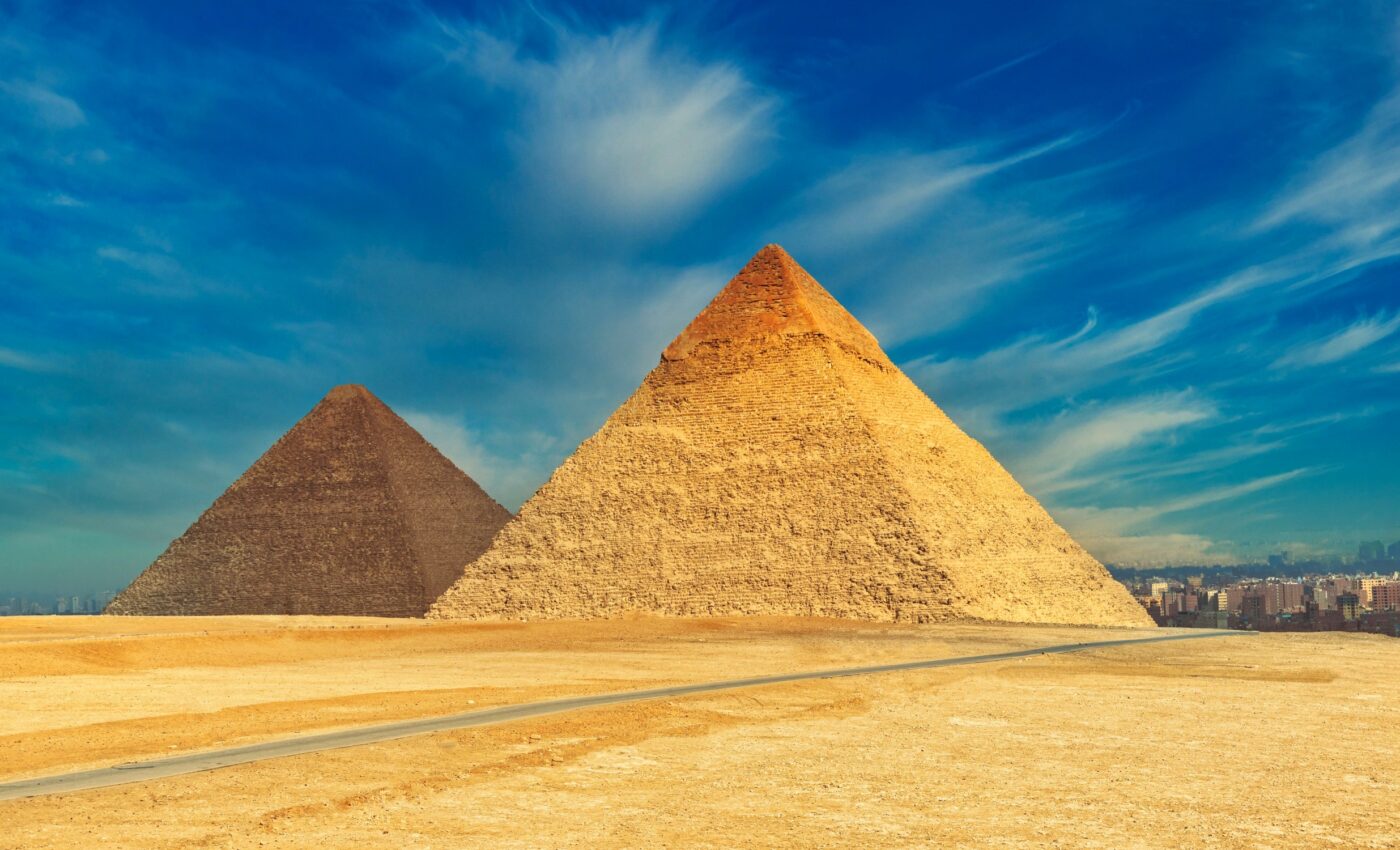
Egypt's pyramids were built along a buried branch of the Nile River
The majestic pyramids of Egypt have long captivated our imaginations. Their towering presence is a testament to the ingenuity and power of an ancient civilization. But why were these monumental structures built in a seemingly inhospitable desert landscape? A new discovery may hold the answer – a long-lost branch of the Nile River, now buried beneath sand and farmland.
Branch of the Nile near pyramid fields
Using satellite imagery, experts identified potential locations of an ancient river branch near the pyramid fields. They confirmed their findings through geophysical surveys and sediment cores.
The researchers detected river sediments and former channels beneath the land, indicating the presence of a 64-km-long former river branch that once flowed near the pyramid fields. They have proposed that the river branch be named “Ahramat,” which means pyramids in Arabic.
The ancient branch of the Nile may have played a pivotal role in pyramid construction and accessibility. The river made transporting massive stone blocks and other materials to the construction sites easier.
This discovery could explain why pyramid fields are concentrated along this particular strip of desert near Memphis. The river’s proximity made these areas easily accessible at the time of construction.
Pyramids and Nile River waterways
The Ahramat branch flowed near a staggering 31 pyramids, including the iconic Giza pyramid complex. This close proximity indicates that the river served as a vital transportation route. The ancient Egyptians likely used the river to move massive stone blocks and other construction materials to the pyramid sites.
Intriguingly, many pyramids have causeways that end at the proposed riverbanks of the Ahramat Branch. This alignment supports the idea that the waterway was instrumental in their construction.
The experts found that these causeways likely connected the pyramid sites to the river. This further suggests that the Nile’s Ahramat branch played a crucial role in transporting materials needed for building the pyramids.
Demise of the Nile River branch
So, what happened to this once-mighty river? The researchers believe that increased windblown sand, linked to a major drought that began approximately 4,200 years ago, likely caused the branch to migrate eastward. This migration, combined with the accumulation of sand, eventually led to the river silting up and disappearing.
This finding underscores the impact of environmental changes on human societies throughout history. As the Ahramat branch dwindled, the ease of accessing the pyramids diminished. It would have become more difficult to transport materials and maintain the structures.
Ultimately, the loss of the river contributed to the abandonment of the pyramid fields and the mysteries that surround them today.
Egyptian archaeology
The discovery of the Ahramat branch opens up exciting new possibilities for archaeological exploration. Researchers can now focus on identifying other extinct Nile branches. This will allow them to pinpoint potential sites for future excavations and uncover more hidden treasures along these ancient riverbanks.
By finding more extinct Nile branches, researchers can prioritize archaeological efforts in these areas. This targeted approach will enhance our understanding of ancient Egyptian civilization.
Additionally, it will help protect Egyptian cultural heritage by highlighting significant sites that need preservation. Future research in this area holds great promise for revealing further secrets of Egypt’s rich history.
The Nile: More than just a river
The Nile has always been more than just a source of water for Egypt. It has served as a lifeline, providing sustenance to the land and its people.
Beyond its role in agriculture, the Nile acted as a transportation artery, facilitating trade and movement across the region. For millennia, it has been a cultural touchstone, central to the identity and development of Egyptian civilization.
The discovery of the Ahramat branch underscores this deep, intricate relationship between the river and the rise of one of the world’s most fascinating civilizations. This ancient river branch once played a crucial role in the construction and accessibility of Egypt’s pyramids, aiding the transport of massive stone blocks and other materials.
As we continue to unravel the secrets of the pyramids and the ancient Egyptians who built them, we are reminded that even the most enduring monuments are subject to the forces of nature and the passage of time.
The Ahramat branch may be lost to history, buried beneath desert and farmland, but its legacy lives on. The pyramids that stand today are a testament to human ingenuity and the enduring power of the Nile.
The study is published in the journal Communications Earth & Environment.
—–
Like what you read? Subscribe to our newsletter for engaging articles, exclusive content, and the latest updates.
Check us out on EarthSnap, a free app brought to you by Eric Ralls and Earth.com.
—–













